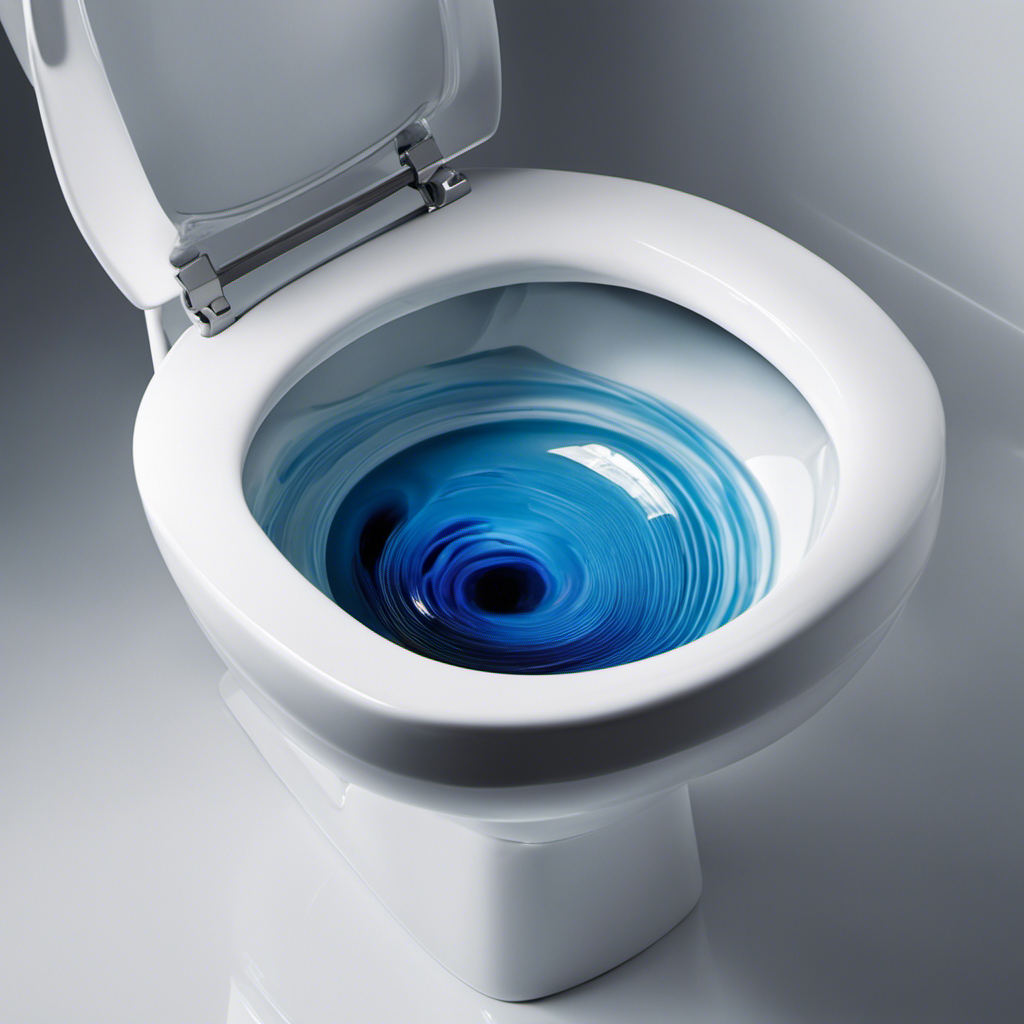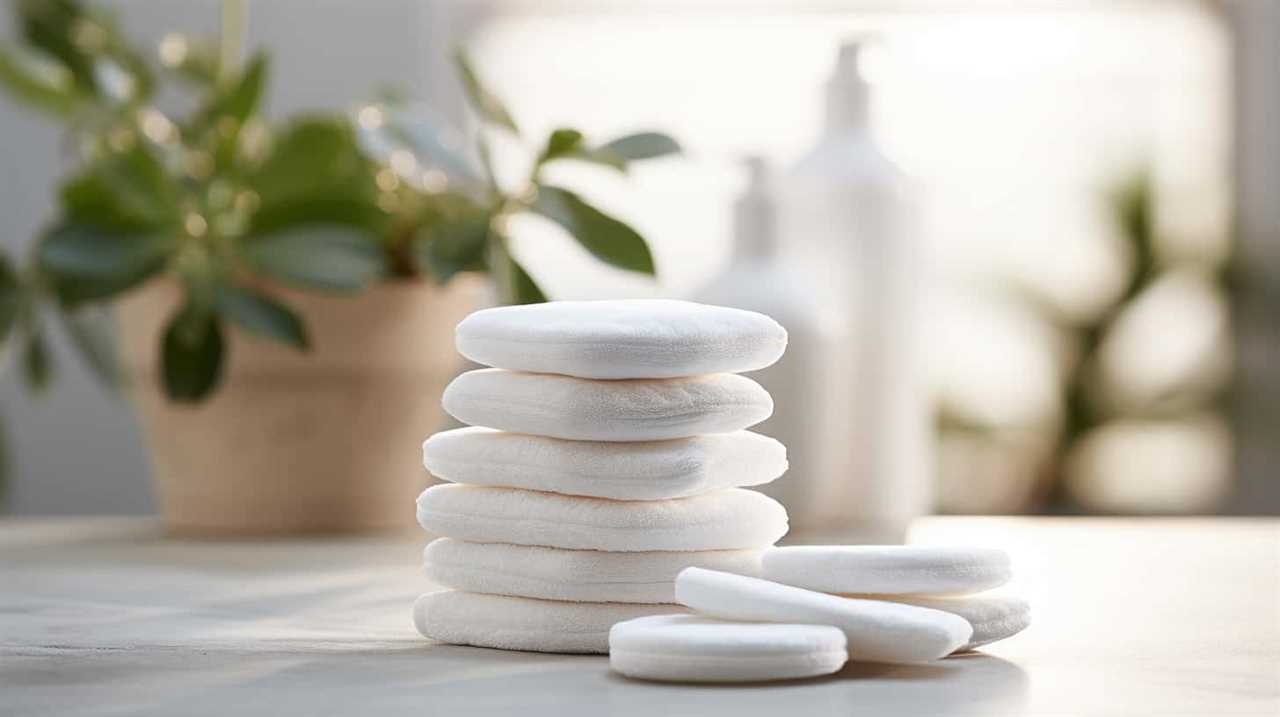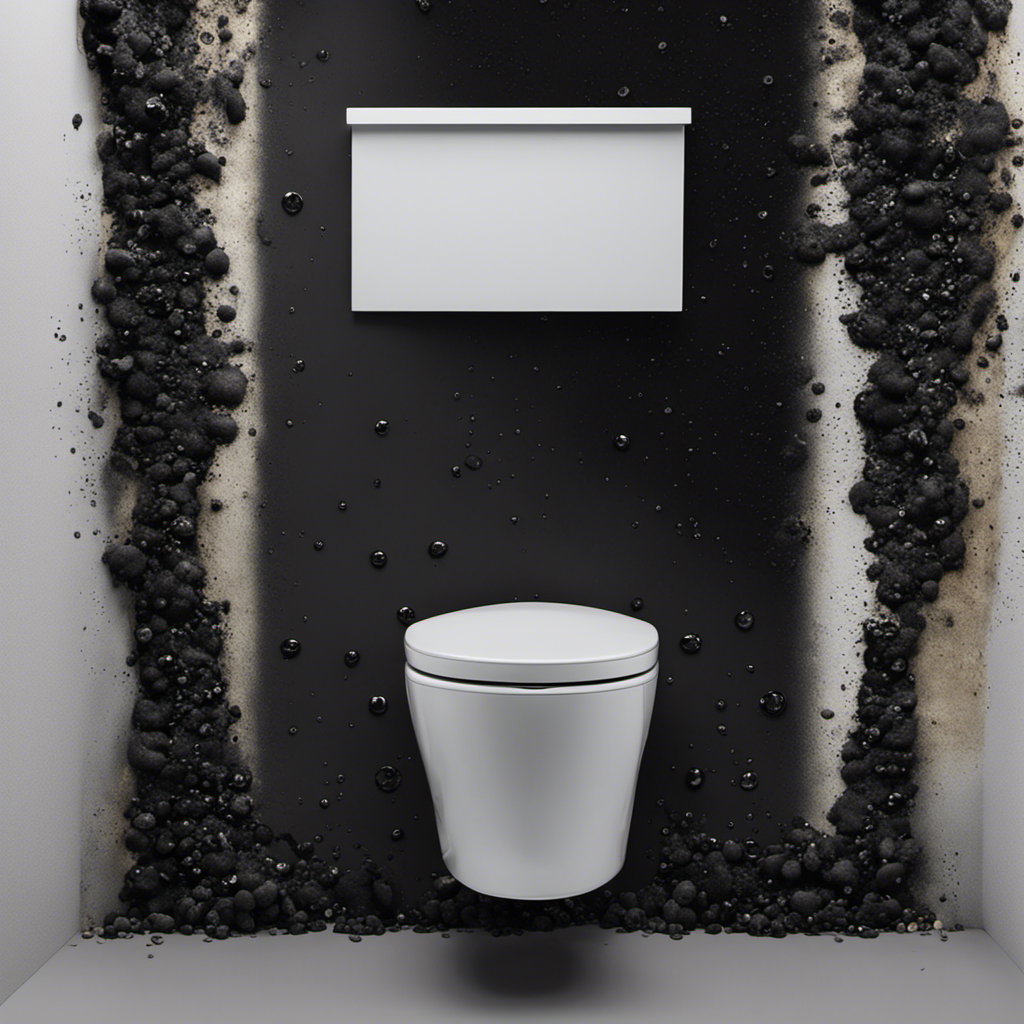Flushing tampons down the toilet may appear convenient, but it can pose risks and harm the environment. This article explores the impacts of this widespread habit, providing suggestions and options for correct disposal.
From the potential blockage of sewage systems to the harmful impact on aquatic life, we explore the importance of educating ourselves and others on best practices for tampon disposal.
Let’s master the art of responsible and sustainable hygiene.
Key Takeaways
- Flushing tampons can lead to clogging the plumbing system and damage to sewage infrastructure.
- Flushing tampons can result in water pollution from non-biodegradable materials and harm to aquatic life.
- There are alternative options to flushing tampons, such as menstrual cups and biodegradable tampon applicators.
- Proper disposal methods for tampons include wrapping them in toilet paper, using designated waste bins, and educating others on best practices.
Potential Risks of Flushing Tampons
The potential risks of flushing tampons down the toilet can include clogging the plumbing system and causing damage to sewage infrastructure. When tampons are flushed, they can get caught in the pipes, leading to blockages and potential backups. This not only poses a health risk due to potential exposure to sewage, but it can also result in costly repairs to the plumbing system.

Additionally, tampons can accumulate in the sewage infrastructure, contributing to clogs and overflows in the larger sewage network. To mitigate these risks, it’s important to educate individuals about proper disposal methods for tampons, such as wrapping them in toilet paper and disposing of them in a waste bin.
Implementing clear signage in public restrooms and providing readily accessible waste bins can also help prevent plumbing issues and maintain the integrity of sewage infrastructure.
Environmental Impact of Flushing Tampons
Our research reveals the significant environmental impact of flushing tampons down the toilet. When tampons are flushed, they enter the wastewater system and can cause a range of environmental consequences, particularly in terms of water pollution. Tampons are made of materials that don’t break down easily, such as cotton and synthetic fibers, which can lead to clogged pipes and sewage backups.
Additionally, the chemicals used in tampons, such as dyes and fragrances, can contaminate water sources and harm aquatic life. This pollution not only affects the ecosystem but also poses a risk to human health, as we rely on clean water for drinking and recreational activities.

To mitigate these environmental risks, it’s important to properly dispose of tampons in the garbage or use alternative menstrual products that are environmentally friendly, such as menstrual cups or biodegradable tampons.
Alternatives to Flushing Tampons
To address the environmental impact of flushing tampons, we can explore alternative options that are both sustainable and safe.
One of the most popular reusable options is the menstrual cup. Made of medical-grade silicone, these cups are inserted into the vagina to collect menstrual blood. They can be worn for up to 12 hours, and then emptied, rinsed, and reinserted. Menstrual cups aren’t only eco-friendly but also cost-effective, as they can last for several years with proper care. They come in different sizes and shapes, catering to individual needs.
Another advantage is that they don’t pose the risk of toxic shock syndrome associated with tampon use.

Proper Disposal Methods for Tampons
When it comes to disposing of tampons, a responsible option is to wrap them in toilet paper before placing them in a designated waste bin. Proper disposal methods for tampons are crucial to maintain hygiene and prevent environmental issues. Here are some disposal options and hygiene considerations to keep in mind:
| Disposal Option | Description | Hygiene Considerations |
|---|---|---|
| Waste Bins | Use designated waste bins in restrooms or bathrooms | Regularly empty and clean the waste bin to prevent odors and bacterial growth |
| Tampon Disposal Bags | Use biodegradable tampon disposal bags for discreet and hygienic disposal | Ensure the bag is properly sealed to prevent leakage and maintain cleanliness |
| Personal Disposal Units | Install personal disposal units in private restrooms or bathrooms | Empty and sanitize the unit regularly to maintain hygiene and prevent odor buildup |
Educating Others on Tampon Disposal Best Practices
Let’s spread awareness about the best practices for tampon disposal to ensure proper hygiene and environmental protection.
Tampon disposal etiquette plays a crucial role in maintaining cleanliness and minimizing the impact on our surroundings. Firstly, it’s essential to wrap used tampons in toilet paper or place them in specially designed disposal bags before disposing of them in the waste bin. This prevents any odors or leaks and ensures that the waste is contained.
Secondly, it’s important to never flush tampons down the toilet, as they can cause blockages in the plumbing system and harm the environment.

Frequently Asked Questions
Can Flushing Tampons Down the Toilet Cause Plumbing Issues in My Home?
Flushing tampons down the toilet can lead to plumbing issues in our home. It’s important to consider the potential environmental impact and explore alternatives to flushing, like using tampon disposal bags or sanitary bins.
Are There Any Health Risks Associated With Flushing Tampons?
There are potential health risks associated with flushing tampons, such as clogged pipes and sewage backups. Additionally, the environmental impact of flushing tampons is significant, as they can end up in waterways and harm marine life.
Is It Safe to Flush Tampons in Septic Systems?
Flushing tampons in septic systems can cause serious issues. It is not safe as it can clog pipes, leading to expensive repairs. Proper septic system maintenance is crucial to avoid environmental impact and costly consequences.
Can Flushing Tampons Down the Toilet Lead to Sewer Blockages?
Flushing tampons down the toilet can lead to sewer blockages, causing septic system problems and an adverse environmental impact. It’s ironic how such a small item can create such big issues.

How Long Does It Take for Tampons to Decompose in the Environment if They Are Flushed?
The decomposition rate of flushed tampons in the environment varies, but can take years due to their synthetic materials. This has a significant environmental impact, contributing to pollution and potential harm to aquatic life. Proper disposal is crucial.
Conclusion
In conclusion, it isn’t okay to flush tampons down the toilet due to the potential risks and environmental impact. Instead, it’s important to educate ourselves and others on proper disposal methods.
By using alternatives like biodegradable tampons and disposing of them in designated bins, we can minimize the harm caused to our plumbing systems and the environment.
Let’s take responsibility for our actions and make sustainable choices for a cleaner future.











